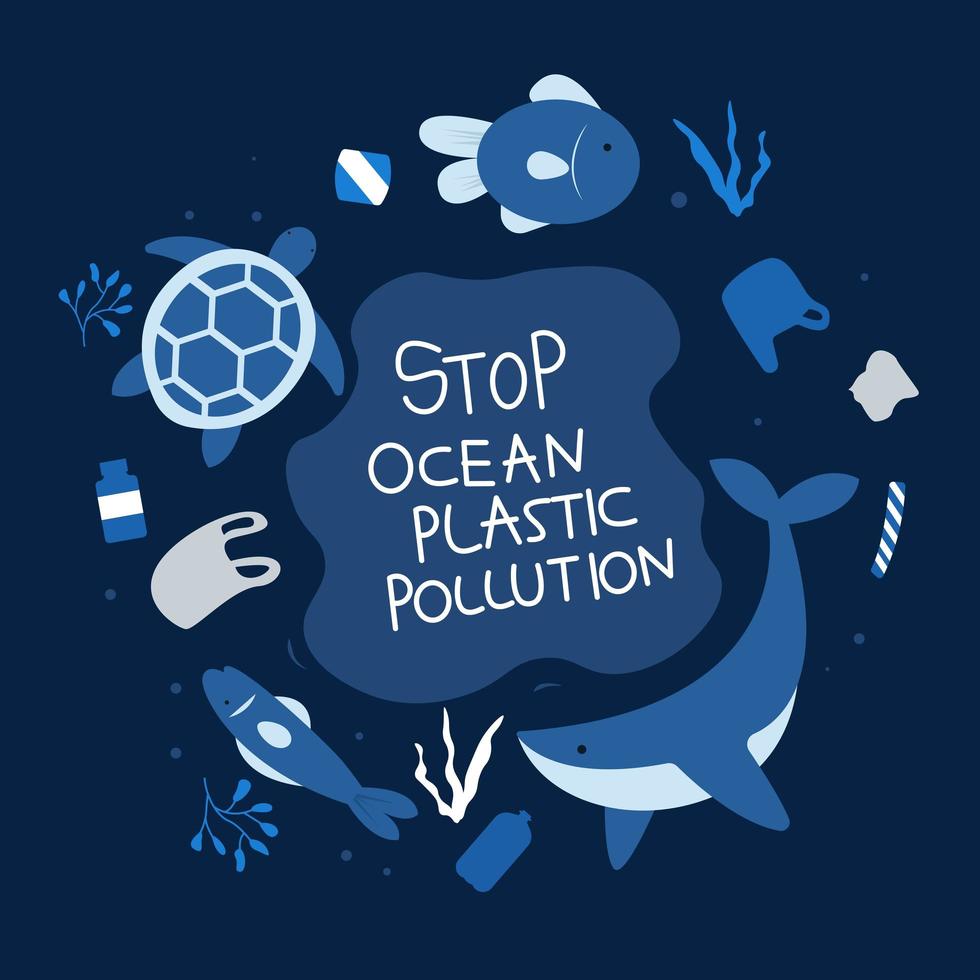Plastic, a material that was once considered a symbol of convenience, has now become a global environmental catastrophe. This ubiquitous material is littering our cities, oceans, and even our bodies. Plastic pollution is not just a visual nuisance; it has far-reaching consequences on the environment and human health. This article aims to explore the depth of the problem, the impact on the ecosystem, and the possible solutions to mitigate this unseen peril.
The Birth of Plastic
Plastic made its debut in the early 20th century. Lightweight, durable, and versatile, it quickly found applications in virtually every industry. From packaging, automotive, construction, and medical to the electronics industry, plastic became an integral part of our daily lives.
However, this convenience came at a cost. Unlike materials like glass or metal, plastic is highly resistant to degradation. This means that the 300 million tons of plastic produced globally every year will remain in the environment for centuries.
Plastic in the Oceans
One of the most devastating aspects of plastic pollution is its presence in the oceans. Around 8 million tons of plastic enter the oceans annually. In some parts of the world,found to outnumber plankton, the primary food for many marine organisms.
Microplastics
Plastic degrades into smaller particles called microplastics, which are less than 5mm in size. These particles are ingested by marine organisms, leading to a cascade effect throughout the food chain. As larger organisms consume those affected by microplastics, the toxins become more concentrated.
The implications for human health are still not entirely understood, but evidence suggests that these particles can enter the human body through the consumption of seafood, leading to various health problems.
The Impact on Wildlife
Beyond the marine environment, plastic pollution affects wildlife on land and in freshwater systems. Animals often mistake plastic items for food. This can lead to blockages, malnutrition, and eventually death. The case of whales found dead with stomachs full of plastic bags is emblematic of this tragic misunderstanding between man-made materials and the natural world.
Socio-Economic Impact
Plastic pollution isn’t just an environmental issue. It has social and economic ramifications as well. In many developing countries, plastic waste clogs drainage systems, leading to flooding and the spread of disease.
The cleanup of plastic waste also costs billions of dollars each year. These funds could otherwise be used for education, healthcare, or other critical social needs.
Solutions and the Way Forward
The scale of plastic pollution requires a multi-pronged approach.
Reduction and Recycling
The most direct way to combat plastic pollution is to reduce consumption. By using reusable bags, bottles, and containers, we can significantly cut down on single-use plastics. Governments and organizations are also implementing bans on certain types of single-use plastics to limit their production and consumption.
Recycling is another critical part of the solution. Technological advancements are making recycling more efficient and widespread, even though currently, only a small percentage of plastics undergo recycling.
Biodegradable Plastics
Biodegradable plastics are designed to break down more quickly and can be a part of the solution. However, it’s essential to understand that not all biodegradable plastics are equal. Some still require specific conditions to break down completely, and others may leave toxic residues.
Education and Awareness
Education is vital to changing behaviors. Through campaigns, school programs, and community involvement, we can raise awareness about the problem and promote actions that everyone can take to reduce plastic pollution.
Conclusion
Plastic pollution is a multifaceted problem that extends beyond mere aesthetics. It threatens our environment, wildlife, health, and economy. While the problem is vast and complex, solutions are within our grasp. Through collective effort, technological innovation, and political will, we can curb this unseen peril and foster a more sustainable future.
It is time for us to rethink our relationship with this material and recognize that convenience shouldn’t come at the cost of our planet’s well-being. Our choices today will shape the legacy we leave for future generations. By taking action now, we can be part of the solution, rather than contributing to the problem.

